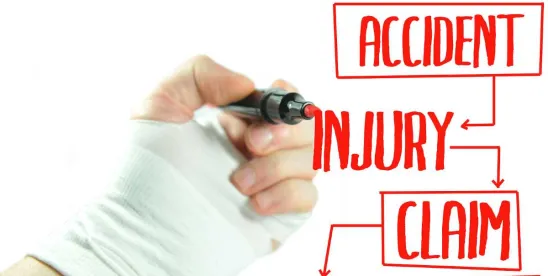What You Need to Know in a Minute or Less
Effectively defending emerging contaminant litigation requires counsel capable of navigating extremely complex scientific issues related to causation, while also not losing sight of more common legal defenses like statutes of limitations or standing.
In a minute or less, the final edition in this three-part series highlights the importance of expert and procedural defense issues.
The Importance of Expert Relationships
A plaintiff’s alleged exposure, injury, causation, and damages are often issues at the forefront of emerging contaminant litigation, and each of those issues may require expert testimony to prepare an effective defense.
For example, for a plaintiff to establish causation under tort theories commonly asserted in cases alleging exposure to emerging contaminants, a plaintiff usually must establish both general and specific causation. For general causation, the plaintiff generally must show that the dose of the alleged chemical exposure is capable of causing the alleged injury. And for specific causation, the plaintiff generally must show that the alleged exposure is what actually caused the alleged injury, as opposed to some other cause (like hereditary risk or alternative exposures). These inquiries often rely on epidemiology and toxicology studies that examine the dose-response relationship of the chemical at issue or, more frequently in the context of emerging contaminants, the lack of such scientific studies.
Additionally, many emerging contaminant cases in the environmental context involve an alleged exposure pathway that requires expert testimony on the fate and transport of the chemical at issue—in other words, an explanation of how the chemical allegedly made its way from the defendant’s operations or products to the plaintiff. This can involve detailed engineering analyses, particularly in cases alleging an airborne or water exposure pathway. Similarly, the proper identification of chemicals of concern and potential pathways for exposure are regular issues in claims related to consumer products.
The takeaway: Companies facing emerging contaminant litigation should consider the importance of expert testimony to their overall defense strategy at an early stage, including when to draw on internal or external expertise. A defendant’s experts are often tasked with educating the judge and jury on the relevant science and therefore serve as a key part of delivering the defense narrative. It is, therefore, essential that a defendant’s counsel has the experience and understanding of the relevant scientific issues necessary to prepare experts to effectively deliver their opinions.
Don’t Forget Procedural Defenses
At the same time, companies defending litigation involving emerging contaminants should not overlook common procedural defenses despite the understandable focus on substantive scientific defenses. In particular, we have seen an increase in the success of defenses involving standing and statutes of limitations in emerging contaminant litigation.
Standing generally requires the plaintiff allege an injury that is real (as opposed to hypothetical), traceable to the defendant, and able to be redressed by the relief sought. Particularly in emerging contaminant litigation seeking medical monitoring—where a plaintiff seeks regular testing for the risk that an injury may manifest in the future (but has not yet manifested)—standing’s requirement that the plaintiff’s alleged injury be real can be a powerful tool. And for cases in which a plaintiff makes allegations against “defendants” as a group (as opposed to against each defendant specifically), defendants have recently seen success arguing that group pleadings do not meet standing’s causation requirements. Standing issues are also at the forefront of consumer product class actions where the alleged injury is remote or untenable. While best known for utility in federal courts, similar standing requirements have been adopted by many state courts.
As for statutes of limitations, the longer perceived concerns related to an emerging contaminant have been publicized, the more difficult it will be for a plaintiff alleging a stale injury to persuasively argue that a reasonable person in plaintiff’s shoes would have only recently learned of her cause of action. With emerging contaminant litigation being filed in waves at the first reports of potential risk, defendants added to litigation at later stages may have stronger statute of limitations arguments.
The takeaway: At the earliest possible stages, companies facing emerging contaminant litigation should consider the procedural defenses available to them, in addition to the substantive defenses that counter the elements of plaintiff’s claims as part of developing a comprehensive, wholistic defense strategy.
We appreciate your readership throughout this three-part series. For more insight, visit our Emerging Contaminants webpage.






 />i
/>i

